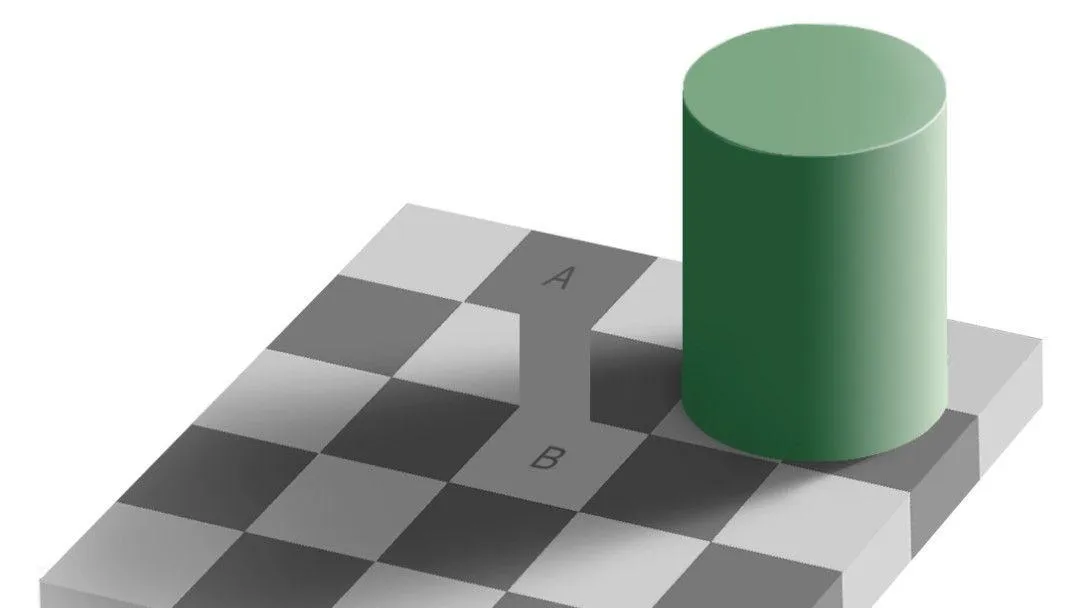- Product Knowledge
What Are Constancy Phenomena?

Perception is a fundamental aspect of how humans navigate and understand the world. Our environment is dynamic, constantly changing in lighting, position, and scale. Yet, despite these changes, our perception of objects remains remarkably stable. This stability in perception is referred to as constancy phenomena. These phenomena allow us to recognize and interact with objects consistently, even when the sensory input—such as visual stimuli—varies dramatically.
Constancy phenomena refer to the brain’s ability to maintain a consistent perception of various aspects of an object, such as its size, shape, color, and brightness, even when these characteristics appear to alter under different conditions. Without this perceptual constancy, our interactions with the environment would be in constant flux, leading to confusion and disorientation. For instance, imagine recognizing a door regardless of whether it’s fully open, partially open, or entirely closed. This is the brain’s ability to preserve the essence of objects despite varying conditions.
Such mechanisms play an essential role in helping us lead functional, everyday lives. Without constancy phenomena, basic tasks like reading, driving, or even identifying familiar faces in different lighting conditions would be impossible. At its core, perceptual constancy is about how our sensory systems and brain interpret the world in a stable and predictable manner.
What Is Perceptual Constancy?
Perceptual constancy refers to the mind’s capacity to perceive the properties of objects as constant despite variations in sensory input. This psychological principle is crucial for ensuring that objects appear unchanged in size, shape, brightness, and color, even when conditions like distance, lighting, or viewpoint change. In essence, perceptual constancy allows us to create a stable interpretation of the environment, promoting a consistent understanding of the world.
Perceptual constancy encompasses several key phenomena, including size constancy, brightness constancy, color constancy, and shape constancy. These different types of constancies work together to maintain the perception of an object as fixed and stable in our minds.
For example, imagine a ball moving farther away from you. Even as the ball appears smaller due to its increasing distance, you still understand it to be the same size. Similarly, a white shirt remains perceived as white even under a shadow or bright sunlight, demonstrating brightness constancy. This interplay between perceptual cues and the brain’s interpretation is fundamental to human cognition.
What Types of Constancy Phenomena Are There?
Constancy phenomena encompass several different forms, each contributing to our ability to perceive the world as stable and continuous. The main types include:
- Size constancy
- Brightness constancy
- Color constancy
- Shape constancy
These constancies operate in tandem, ensuring that our interaction with the world remains consistent even when visual or environmental changes occur. Each type of constancy addresses a different perceptual dimension, and together, they form the foundation for how we understand the physical properties of objects around us.
Let’s explore each type of constancy in more detail.
What Is Meant by Size Constancy?
Size constancy refers to the perception of an object as maintaining the same size despite changes in its distance from the observer. Although the retinal image of an object becomes smaller as it moves farther away, the brain compensates for this change by interpreting the object’s size based on its perceived distance.
For example, if you see a person walking away from you, their image on your retina decreases in size. However, your brain recognizes that the person isn’t actually shrinking. Instead, you continue to perceive them as the same height and size, demonstrating the phenomenon of size constancy.
This ability to judge an object’s actual size, regardless of its position or distance, is critical for understanding spatial relationships and depth in our environment. Without size constancy, our perception of distance and the size of objects would be misleading, causing us to misjudge everything from how far away something is to how big or small it really is.
What Is Brightness Constancy?
Brightness constancy refers to the tendency to perceive the brightness of an object as unchanged, despite variations in lighting conditions. In other words, an object appears to maintain the same level of brightness even when it is exposed to different lighting intensities. The human visual system makes adjustments for lighting conditions, ensuring that objects are perceived with a consistent brightness.
For example, if you place a white sheet of paper in both a dimly lit room and a brightly lit room, the paper will reflect different amounts of light in each setting. However, you will still perceive the paper as having the same brightness in both environments. This is brightness constancy in action.
Brightness constancy is essential because it helps us maintain a stable perception of the environment, allowing us to recognize objects correctly even in shadows or under direct light. It is especially critical when navigating spaces where light levels vary, such as walking indoors from bright daylight or interpreting objects under the fluctuating light of dusk or dawn.
What Is Color Constancy?
Color constancy is the ability to perceive the colors of objects as relatively constant even under changing illumination conditions. In simpler terms, it ensures that an object’s color remains consistent, regardless of the light source or the color temperature. This perceptual mechanism allows us to recognize that a red apple remains red whether it is viewed under natural daylight or artificial indoor lighting.
The brain achieves color constancy by taking into account the surrounding light and adjusting our perception accordingly. For instance, the same color of paint might look different under warm, yellow-toned light versus cool, blue-toned light. However, we perceive the color as unchanged because our brain corrects for the lighting’s effect on the object’s color.
Color constancy is critical for daily functioning, particularly in tasks like selecting ripe fruits, recognizing people, and navigating spaces where lighting conditions might alter the appearance of objects. Without this ability, the world around us would appear dramatically different every time the lighting changed.
What Is Meant by Shape Constancy?
Shape constancy refers to the perception of an object’s shape as stable and unchanging, even when its angle or orientation shifts. Despite the fact that the image projected onto the retina can change significantly depending on the viewpoint, the brain compensates for these alterations, allowing us to perceive objects as having a consistent shape.
An example of shape constancy can be seen when viewing a door. Whether the door is open, half-open, or closed, the actual shape of the door remains constant in your mind. Even though the retinal image may vary as the angle of the door changes, we do not perceive the door as morphing into different shapes.
Shape constancy is vital for object recognition, enabling us to identify items from various perspectives and angles. It helps us understand the three-dimensional structure of objects and navigate complex environments with ease. Without shape constancy, everyday tasks like reading, object manipulation, and even walking would become far more challenging, as our perception of the world would be distorted.
Understanding constancy phenomena reveals the intricate ways our brain processes and interprets sensory information to create a stable and reliable perception of the world. Without these mechanisms, our ability to interact with objects and environments would be severely compromised. The next time you see an object in changing light or from different angles, remember that your mind is working behind the scenes to ensure the world remains consistent and familiar.



